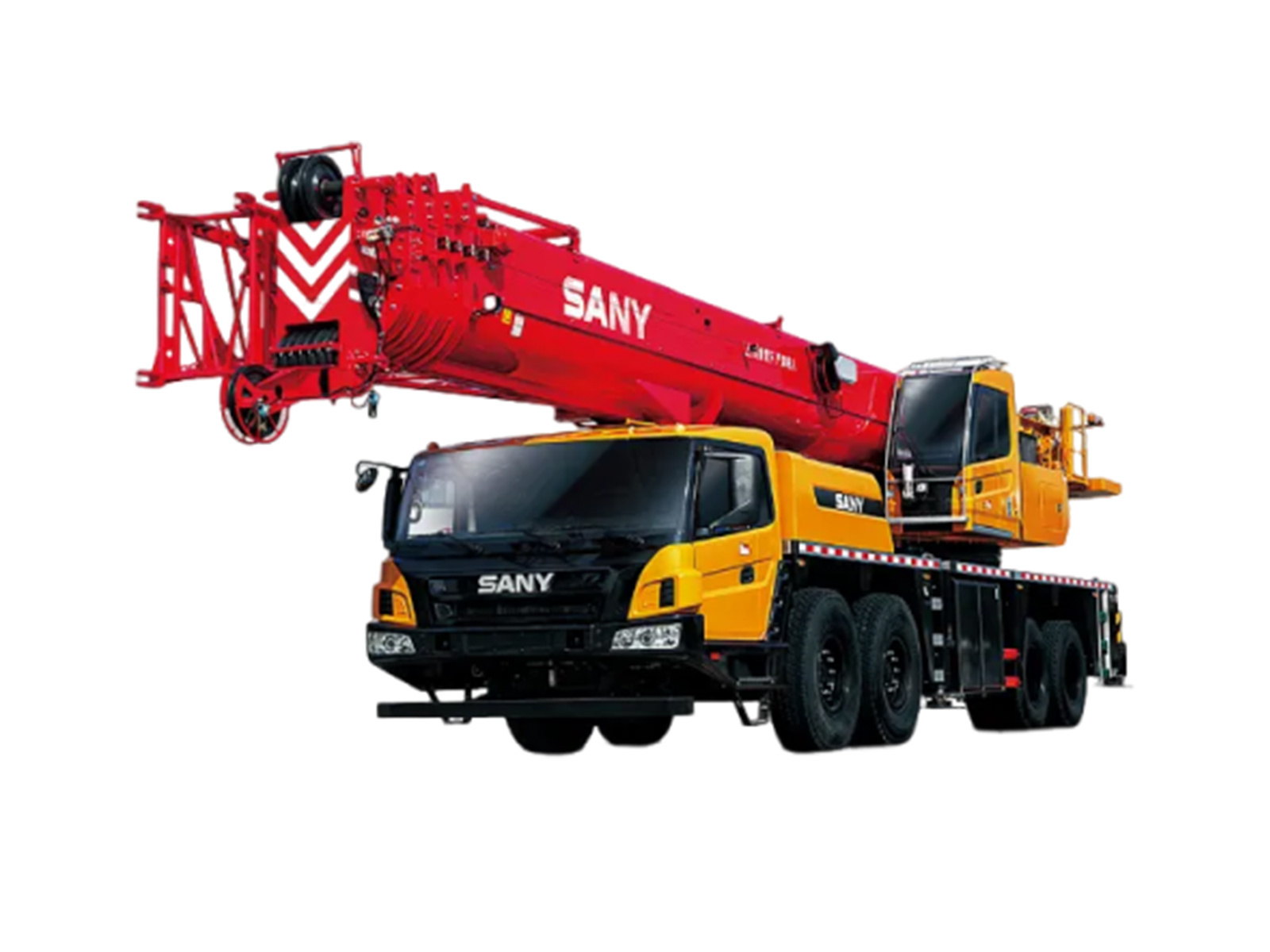Telescopic Crane: The Versatile Lifeline of Modern Construction
Release time:
2025-07-02
Author:
Source:
Abstract
In the bustling world of construction, where every project demands a combination of strength, precision, and adaptability, the telescopic crane stands as an indispensable powerhouse. This remarkable piece of machinery has revolutionized the way heavy lifting is accomplished, offering a level of flexibility and functionality that is unparalleled in the industry.
At its core, the telescopic crane is designed with a telescoping boom, a feature that sets it apart from traditional cranes. This extendable boom allows the crane to reach greater heights and distances, making it ideal for a wide range of applications. Whether it's hoisting heavy materials to the upper floors of a skyscraper, maneuvering equipment in tight urban spaces, or assisting in bridge construction, the telescopic crane can handle the task with ease.

One of the key advantages of the telescopic crane is its mobility. Unlike stationary cranes, telescopic cranes are mounted on wheels or tracks, enabling them to be easily transported from one job site to another. This mobility not only saves time and costs but also increases the crane's versatility, as it can be quickly deployed to different locations as needed. Additionally, many telescopic cranes are equipped with advanced features such as remote control operation, which enhances safety and precision during lifting operations.
In the construction of large-scale infrastructure projects, telescopic cranes play a crucial role. For example, in the building of wind farms, these cranes are used to install the massive turbine blades at great heights. Their telescopic booms allow for precise positioning of the blades, ensuring a smooth and efficient installation process. Similarly, in the construction of oil and gas facilities, telescopic cranes are essential for handling heavy equipment and components, facilitating the seamless progress of the project.
The telescopic crane's adaptability extends to its load - handling capabilities. With a variety of attachments and lifting accessories available, it can accommodate different types of loads, from bulky construction materials to delicate machinery. This makes it a go - to choice for contractors and construction companies looking for a single piece of equipment that can handle multiple tasks.
In conclusion, the telescopic crane is more than just a piece of construction equipment; it is the versatile lifeline of modern construction. Its unique combination of mobility, flexibility, and lifting power makes it an essential asset on any construction site, driving projects forward with efficiency and precision.
Recommended Reading
Understanding Gantry Cranes: Essential Insights for Industrial Applications
2025-12-14
Top Features to Look for in a Quality Plate Compactor
2025-12-11
Understanding Earthmovers: Essential Machinery for Construction and Engineering
2025-12-08







